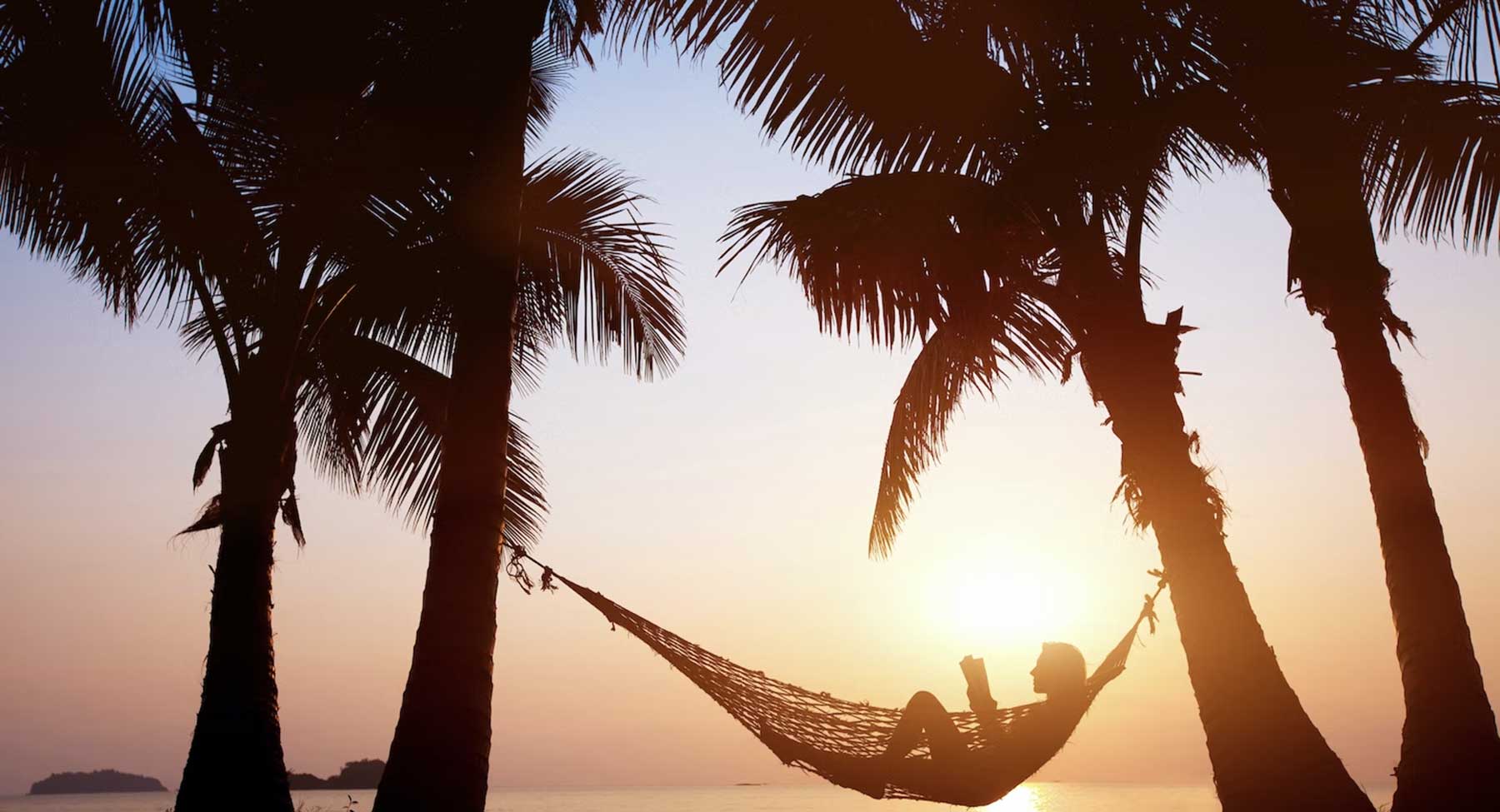The best times to visit Bali for every kind of traveler
The shoulder season in Bali falls at either end of the dry season, when the weather is either improving after the rains, or getting slowly wetter after the dry months. Things are quieter without the summertime crowds, and the weather is normally still dry enough for outdoor activities. However, the two-week Easter spring break can get very busy in tourist areas such as Kuta and Legian.
As rain showers are more frequent than in the dry summer months, plan to spend some time indoors visiting temples, museums and cultural institutions in Ubud, Denpasar and other centers for Balinese culture.
The low season (January–March and November) is best for budget travelers
Bali’s low season coincides with the rainiest months of the year, and this can be an unpredictable time for outdoor activities. The crowds have decamped back home, and the island is returning to a more relaxed vibe, but there’s still decent surf on the east coast at such legendary locations as Padang Padang and the weather is still warm. Accommodation prices fall considerably, which is great news for budget travelers.
The festival of Nyepi, the Balinese New Year, moves with the lunar calendar but frequently falls in March. This is a culturally fascinating time to visit Bali, but after the colorful parades of ogoh-ogoh puppets on the night before the festival, the Day of Silence itself can be a tricky time for visitors as everything closes, transport ceases and nobody is allowed out on the streets.
With awe-inspiring scenery, dense layers of culture, plenty of sun, surf and sand and balmy temperatures year-round, Bali calls out like a beacon to adventurers, sun-seekers and travelers who like to truly immerse themselves in the countries they visit. Whatever your travel tastes, you’ll find rewarding things to see and do in Bali at any time of year.
The dry season, from April to September, is the most enjoyable time of the year for outdoor activities, including basking on beaches, hiking, surfing, sailing, diving and canyoning. Visit during the wet season (November to March) and you’ll experience frequent downpours, but there’s good surf on the east coast and you can still enjoy the outdoors, especially in drier areas in the east and north of the island.
Temperatures in Bali don’t vary much from season to season, hovering between 28°C and 32°C (82°F to 90°F) year-round, though it’s often cooler in mountain areas. Whatever you’re looking for in Bali, here are the best times to come.
The high season (July–August and December) is the best time for festivals and partying
The high season in Bali coincides with the traditional summer vacation season in Europe, America and Australia in July and August, and it’s the height of the dry season and the peak time for surfing on the west coast at the breaks around Canggu and Seminyak. Bali’s original beach hub, Kuta, can be mobbed at this time of year, as many travelers come here specifically for the party season.
Most parts of Bali are inundated with visitors in summer, as tourists come to sample the island’s many delights and enjoy some of its most colorful festivals. The period around Christmas and New Year also sees a large influx of travelers seeking a reprieve from cold northern winters. High season means high prices and pressing hordes in tightly-packed tourist areas; for a quieter experience, seek out more remote spots such as Nusa Penida and Pemuteran.
The shoulder season (April–June and September–October) is best for adventurous travelers
The shoulder season in Bali falls at either end of the dry season, when the weather is either improving after the rains, or getting slowly wetter after the dry months. Things are quieter without the summertime crowds, and the weather is normally still dry enough for outdoor activities. However, the two-week Easter spring break can get very busy in tourist areas such as Kuta and Legian.
As rain showers are more frequent than in the dry summer months, plan to spend some time indoors visiting temples, museums and cultural institutions in Ubud, Denpasar and other centers for Balinese culture.
The low season (January–March and November) is best for budget travelers
Bali’s low season coincides with the rainiest months of the year, and this can be an unpredictable time for outdoor activities. The crowds have decamped back home, and the island is returning to a more relaxed vibe, but there’s still decent surf on the east coast at such legendary locations as Padang Padang and the weather is still warm. Accommodation prices fall considerably, which is great news for budget travelers.
The festival of Nyepi, the Balinese New Year, moves with the lunar calendar but frequently falls in March. This is a culturally fascinating time to visit Bali, but after the colorful parades of ogoh-ogoh puppets on the night before the festival, the Day of Silence itself can be a tricky time for visitors as everything closes, transport ceases and nobody is allowed out on the streets.

